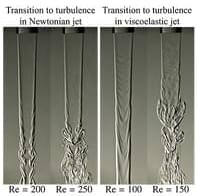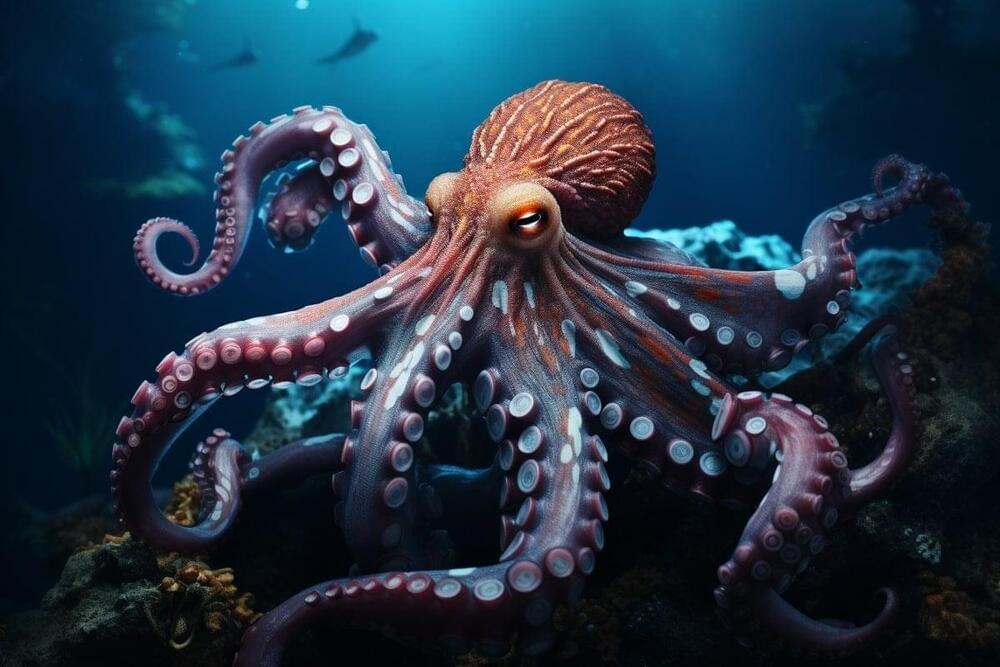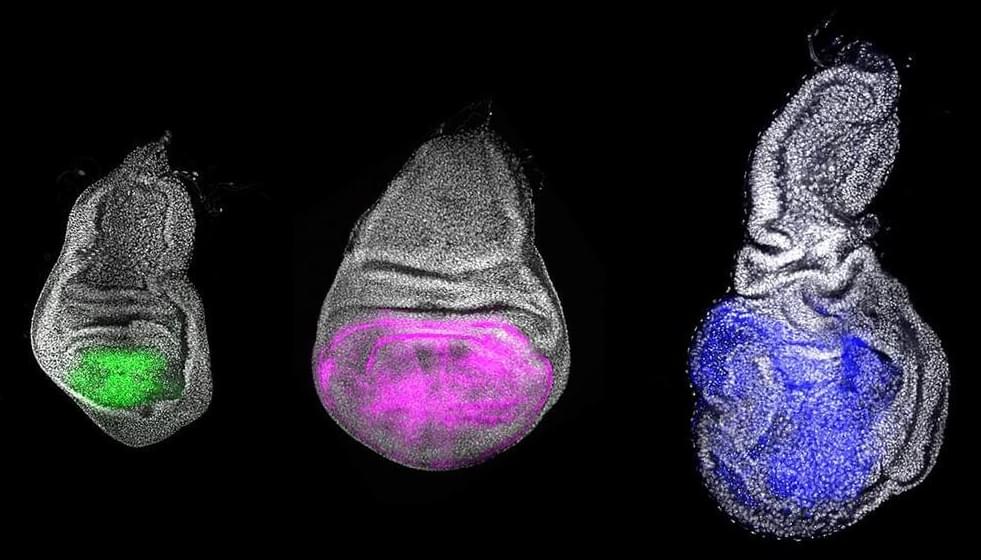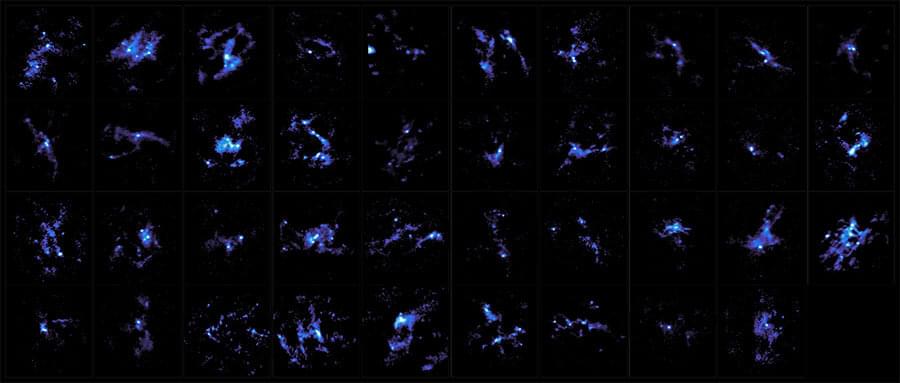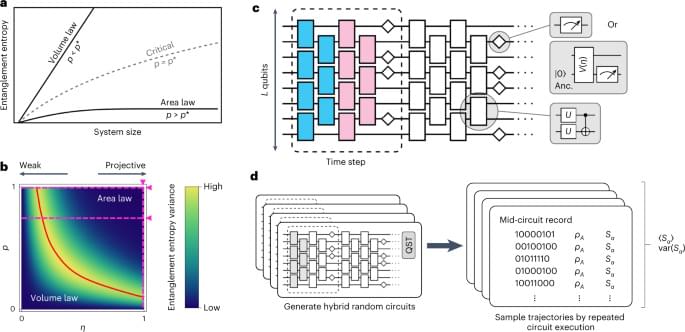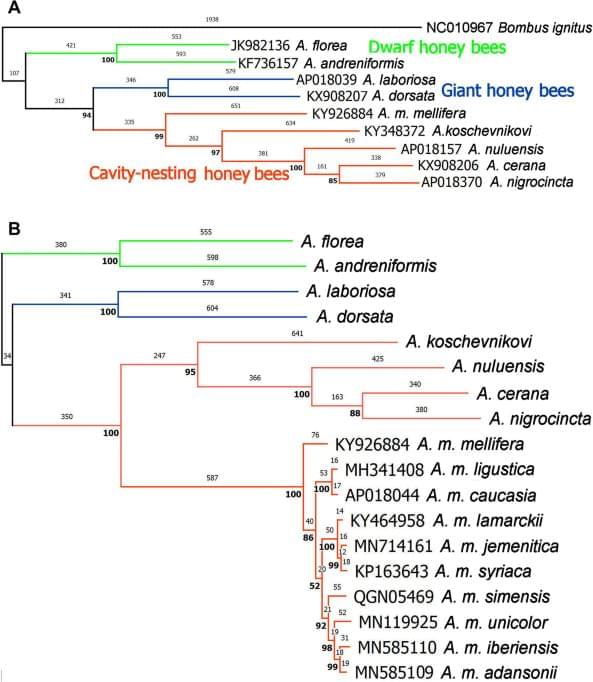Jun 25, 2023
Spatiotemporal signatures of elastoinertial turbulence in viscoelastic planar jets
Posted by Shubham Ghosh Roy in category: evolution
The interplay between viscoelasticity and inertia in dilute polymer solutions at high deformation rates can result in inertio-elastic instabilities. We show how fluid elasticity has a nonmonotonic effect on jet stability depending on magnitude, creating two distinct regimes. The nonlinear evolution of these instabilities generates a state of elasto-inertial turbulence (EIT) with different spatiotemporal features than Newtonian turbulence. We use high-speed digital schlieren imaging and dynamic mode decomposition to quantify EIT and identify two modes of instability which can lead to a transition to turbulence at a lower Reynolds number with flow-aligned structures in the turbulent region.
